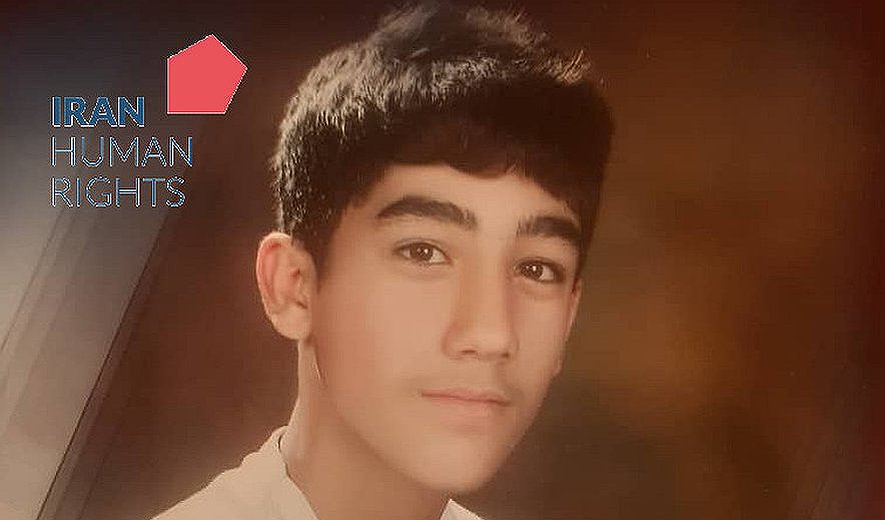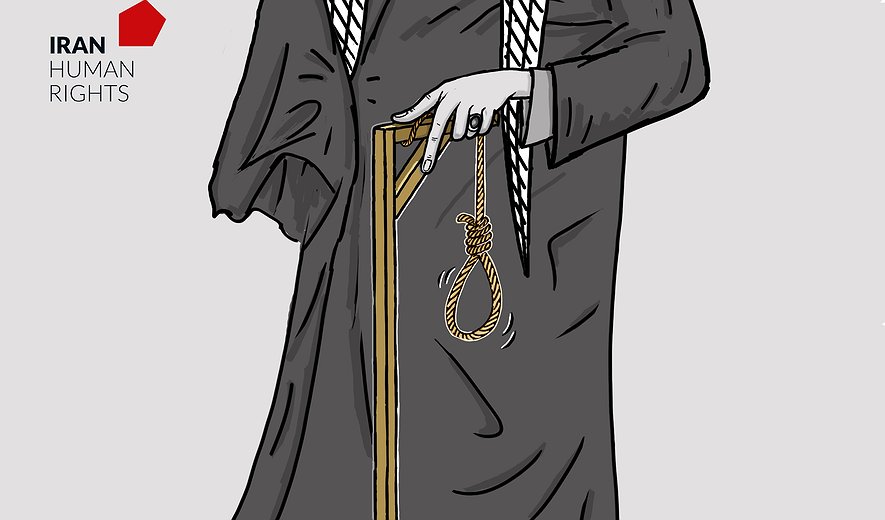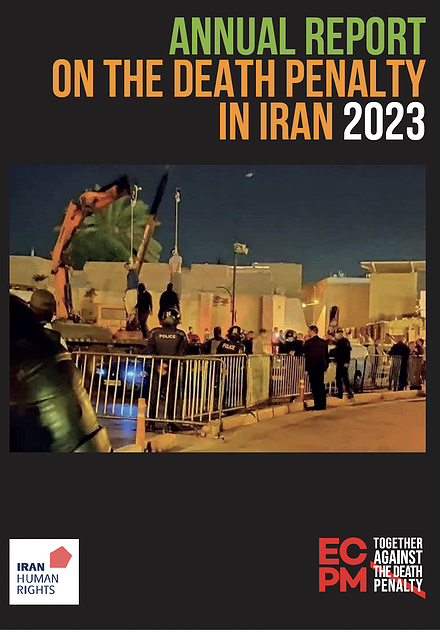Death Row Juvenile Offender Ali Arjangi Hospitalised After Suicide Attempt

Iran Human Rights (IHR); June 12, 2021: Death row juvenile offender Ali Arjangi has been transferred to Fatemi Hospital after trying to commit suicide in Ardabil Central Prison.
“Ali Arjangi’s suicide attempt may be his last effort to make his voice be heard by the international community. A voice that says, I want to live. I hope the media and international community hear Ali’s voice and do what they can to save his life,” said Mahmood Amiry-Moghaddam, director of Iran Human Rights.
According to information obtained by Iran Human Rights, Ali Arjangi, a juvenile offender on death row, attempted to commit suicide this morning, June 12, at Ardabil Central Prison.
Ali Arjangi who was sentenced to death for a murder he is accused of committing at 17, had been given until May 21 to come up with the diya (blood money) amount set by the victim’s family. The deadline was extended to the end of July after his family failed to raise the amount set by the victim’s family.
An informed source told IHR: “Ali Arjangi tried to end his own life by slitting his throat and veins before his execution is carried out. Prison officials transferred him to Fatemi Hospital in Ardabil, where he is in now in critical condition and has 45 stitches.”
Ali Arjangi Fardqujeh Biglou is a child criminal who was arrested four years ago and is still on death row in the youth prison of Ardabil Central Prison.
Ali Arjangi was arrested four years ago and has been on death row in the juvenile ward of Ardabil Prison. IHR previously published his voice message from prison where he pleaded for help as his disabled mother was unable to come up with the 1 billion Tomans diya set by the victim’s family.
Informed sources had previously told IHR that Ali and his lawyer had pleaded self-defence in his defence in court and believe that he is innocent. According to the sources, Ali was found to be mentally fully mature by the forensic medical examiner and sentenced to death by Branch Three of the Criminal Court, the child and youth court, which was upheld by the Supreme Court.
According to Article 91 of the new Islamic Penal Code, passed in 2013, “In the cases of offences punishable by hadd or qisas, if mature people under eighteen years do not realise the nature of the crime committed or its prohibition, or if there is uncertainty about their full mental development, according to their age, they shall be sentenced to the punishments prescribed in this chapter.” The note to the Article gives judges the power to determine the defendant's mental capacity: “The court may ask the opinion of forensic medicine or resort to any other method that it sees appropriate in order to establish the full mental development.”
Iran is one of the few countries in the world that still carries out the death penalty for juvenile offenders. The International Covenant on Civil and Political Rights which the Islamic Republic is a signatory to, prohibits the issuance and implementation of the death penalty for crimes committed by an individual below 18 years of age.
The Convention on the Rights of the Child, which the Islamic Republic is also a signatory to, explicitly states that “Neither capital punishment nor life imprisonment without possibility of release shall be imposed for offences committed by persons below eighteen years of age.”
Yet, according to data collected by IHR and international human rights organisations, the Islamic Republic is responsible for more than 70% of all executions of juvenile offenders in the last 30 years. IHR’s statistics also show that at least 63 juvenile offenders have been executed in Iran over the past 10 years, with at least six being executed in 2018 and four in 2019.
Given the security state and repression of civil society activists and the limited contact with prisoners, it is likely that the number of juvenile executions is much higher than recorded.

